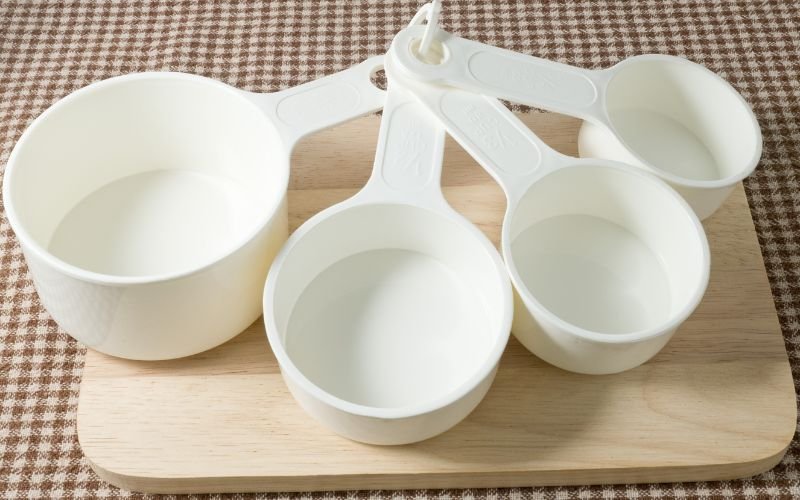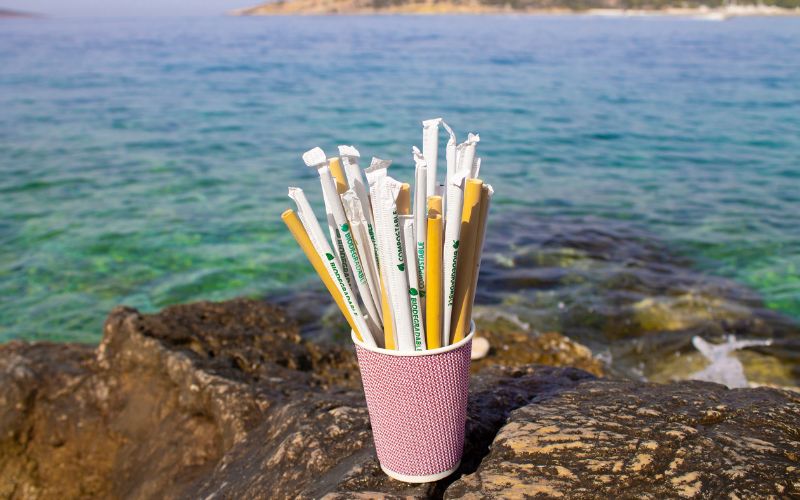Bioplast
Pionerer for en grønnere morgen
Bioplast er ikke din vanlige plast, de er som øko-krigerne i materialverdenen. Vi er i ferd med å ta deg med på en reise gjennom verden av bioplast, der bærekraft møter innovasjon og magi skjer.
Hva gjør bioplastikk spesiell
Naturens gaver
I motsetning til vanlig plast, kommer bioplast fra ting som mais, sukkerrør og poteter. Ja, du leste riktig!
Naturens klem
Noen bioplaster kan faktisk brytes ned naturlig, som blader i hagen din. De holder seg ikke for alltid som annen plast.
Å være snill mot jorden
Bioplast roter ikke så mye med miljøet som vanlig plast gjør. De er som plastens kule søskenbarn, og gjør verden til et bedre sted.
Passer for enhver fest
Bioplast kan gjøre mange forskjellige ting. De kan støpes til det som trengs for forskjellige ting, som emballasje, bestikk og til og med medisinsk utstyr.
Endre spillet på forskjellige felt
- Jordvennlig emballasje
Si hei til bioplast i emballasjeverdenen! De dukker opp i matbeholdere, poser og mer. Det er som å pakke inn tingene dine med en stor grønn sløyfe.
- Planetelskende engangsartikler
Disse engangsgjenstandene som kopper og gafler får en makeover med bioplast. De handler om å redusere avfall og være milde mot jorden.
- Healing in Green
Gjett hva? Bioplast lager bølger også i medisinen! Fra å sy sår til å levere medisin, de redder dagen.
- Biler og gadgets, den grønne veien
Selv i verden av biler og dingser dukker bioplast opp. De lager deler som er bra for både planeten og ytelsen.


Utrolig bioplast
La oss snakke om stjernene i showet - selve bioplasten! Her er noen du kanskje vil vite:
- Polymelkesyre (PLA): Det er som superhelten av bioplast, som kommer fra maisstivelse. Du finner det i kopper, emballasje og til og med 3D-utskrift!
- Polyhydroksyalkanoater (PHA): Dette er plast laget av bittesmå levende ting. De kan brytes ned i naturen, noe som gjør dem til en stor hit innen medisin og emballasje.
- Stivelsesbasert bioplast: Jepp, de kommer fra ting som mais eller poteter. De er gode for ting som emballasje og engangsting.
- Polybutylensuccinat (PBS): Denne er som en lagspiller. Den blander seg godt med annen bioplast og henger i emballasje og oppdrettsutstyr.
- Planteavledet PET: Husker du PET-flasker? Vel, nå kan de komme fra planter, noe som betyr færre fossile brensler.
Omfavner en lysere fremtid
Bioplast er våre partnere for å bygge en grønnere planet. De endrer spillet og viser oss at vi kan ha fantastiske ting uten å skade jorden. Så når du velger noe laget av bioplast, velger du en lykkeligere og sunnere fremtid for oss alle.
Du spør, vi svarer
PMS elsker å svare på spørsmål om bioplast.
A: Generelt, ja! Bioplast har en lavere miljøpåvirkning sammenlignet med tradisjonell plast, takket være deres fornybare kilder og reduserte karbonfotavtrykk.
A: Nei, ikke alle. Mens noen bioplaster kan brytes ned naturlig, kan andre kreve spesifikke forhold som industriell kompostering.
A: Det avhenger av typen bioplast. Noen er sammenlignbare når det gjelder holdbarhet, mens andre kan være bedre egnet for kortvarige applikasjoner.
A: Det kan være litt vanskelig. Bioplast kan kreve separat bearbeiding fra konvensjonell plast på grunn av forskjeller i egenskaper.
A: Absolutt! Mange bioplaster er godkjent for matkontakt og oppfyller sikkerhetsstandarder.
A: I mange tilfeller, ja. Produksjonsprosessen og tilgjengeligheten av råvarer kan påvirke kostnadene for bioplast.
